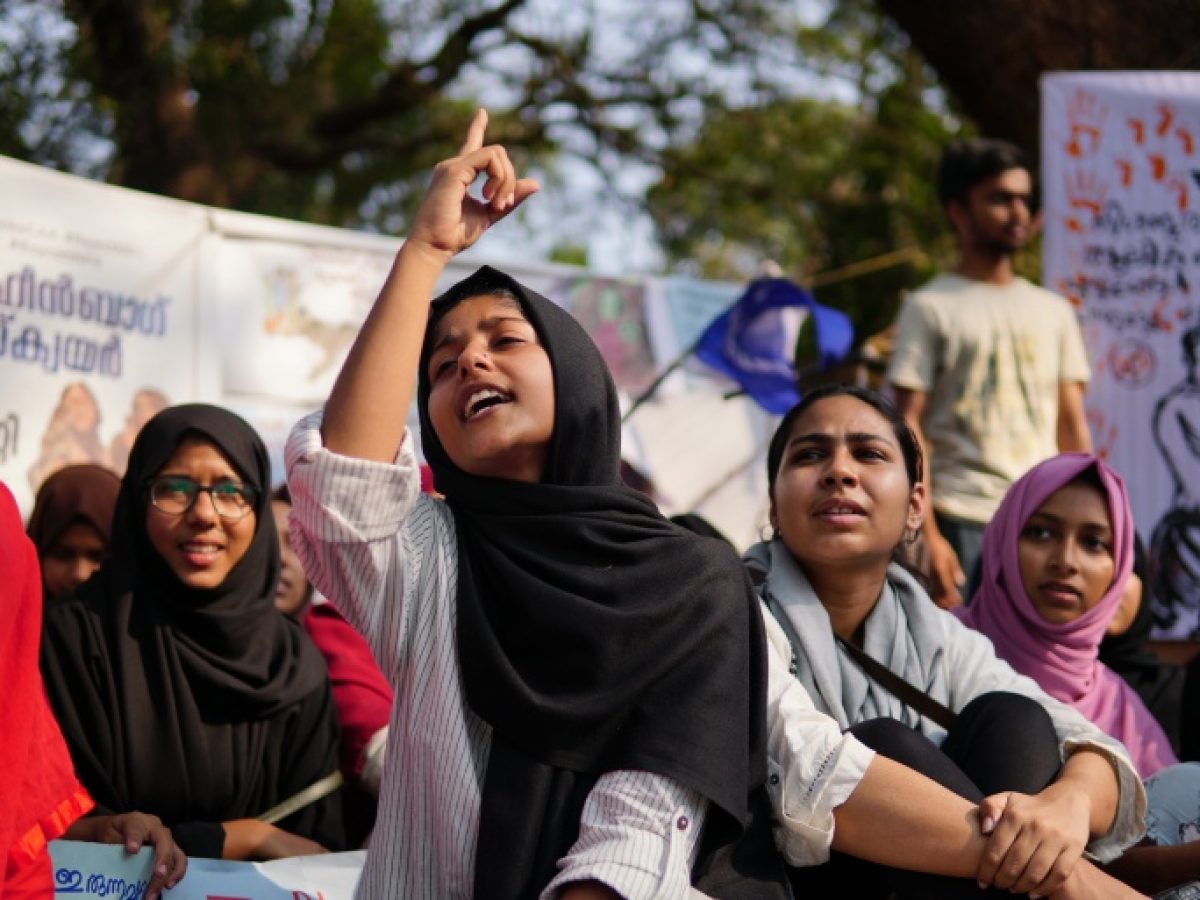In modern-day India, the socio-economic status of women belonging to Muslim communities, along with their political participation, and place in public policy and legal reform, are marginally low. In 1983, the Gopal Singh Committee instituted by the government declared Muslims as a ‘backward,’ community, with an alarmingly low rate of educational status for Muslim women in the country. This ‘backwardness,’ isn’t a qualitative judgment but rather an implication of the disadvantaged position that they are placed at in the public sphere.
While Muslim women are of course, not a monolith, their lives are similarly located within the context of contemporary Indian society and economy. Most Muslim women remain ‘invisible,’ workers in the informal economy – the lack of research and knowledge archive on them further inflates their identities with the prevalent stereotypes that plague the selfhood of a Muslim woman. Their lives and struggles are rendered invisible when the data on their contribution to the workforce is skewed and unreported, their identities then become a byproduct of the ‘Islamic,’ law that governs them.
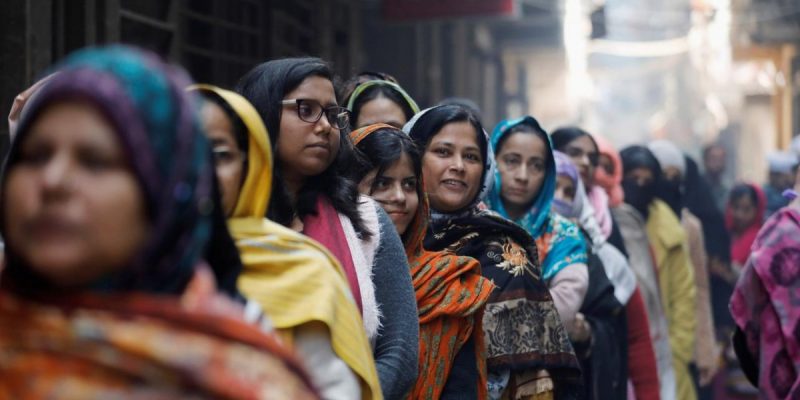
As recent as 2019 statistics go, Muslim women make up only 0.7 per cent of the members of the Lok Sabha. The lack of archival records on Muslim women in an already marginalised community directly results in the ‘othering,’ of the Muslim woman wherein she is seen and viewed as a separate entity, the subordination of women here is overridden by a hierarchy in itself.
Only 4.3 per cent of urban Muslim women have secondary education, and only 0.8 per cent are urban Muslim graduates. The starkness of this number is extremely relevant today given the state processes that have inhibited the entry of Muslim women into educational institutions.
The Hijab Ban of 2022 in Karnataka ordained by the BJP regime rendered Muslim women hyper-visible in the political domain of public opinion and discourse, a move guised as a tool to ‘free,’ Muslim girls from their head covering and have them abide by the code of the uniform – what it in reality did was ensure a quick exit of Muslim girls from schools and educational institutions. Thousands of such Muslim girls across the state were robbed of their access to education and a sizable number of women were even unable to appear for their examinations, a report by People’s Union for Civil Liberties (PUCL) Karnataka revealed.
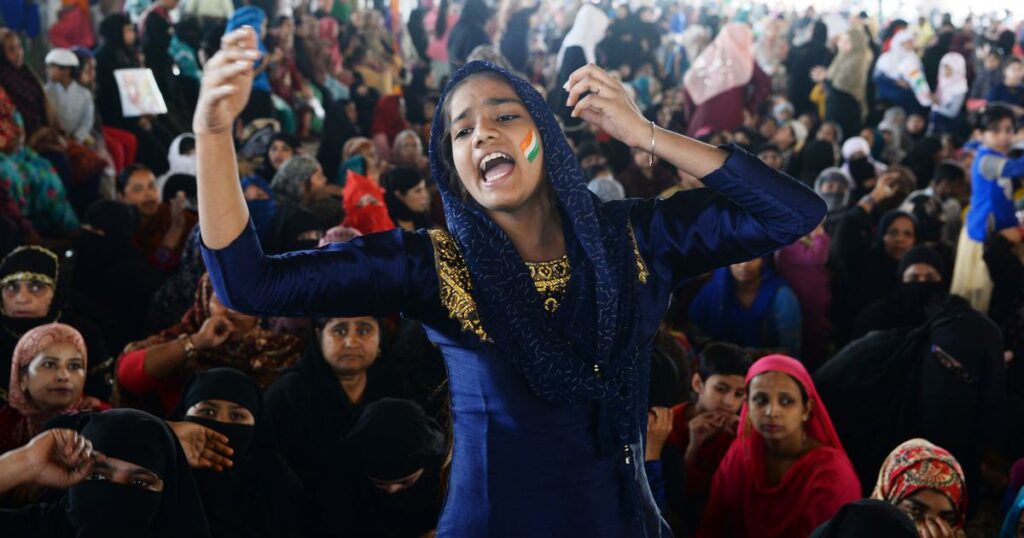
While there is no official data on the number of Muslim girls who dropped out of school, the government stated that the total dropout stood at 1,010. The Hijab ban witnessed a wave of young hijab-wearing girls protesting and asserting their identity in the face of a fascist attack that criminalised the hijab in an educational setting, this systemic attack on the identity of Muslim women caused upheaval across the state, with school girls being turned away from schools and being locked out of their campuses.
The Muslim woman is rendered invisible by data collection, legal proceedings, and policy-making and yet she is the topic of contention in the public domain.
Many Savarna feminists took to the internet to preach about the anti-feminist implications of the hijab and patriarchy in Islam. Prime Time National news debates were fuddled with takes and stances, Universities either complied or stood in solidarity with their Muslim students, and the political news cycle was satires with the question of the Muslim woman – what is her identity? How much of her identity hinges upon the patriarchy? How does she infringe upon the school uniform?
The overwhelming presence and reference of the Muslim woman, when juxtaposed next to the material, lives and presence of the Muslim woman in the economy and the political body is translated into irony. The Muslim woman is rendered invisible by data collection, legal proceedings, and policy-making and yet she is the topic of contention in the public domain.

This in turn creates the paradigm of both hypervisibility and invisibility of the Muslim woman, the myriad intersections of their lives is turned into a categorical subject of debate, one to either be supported or decried on national media and in educational institutions. Most scholarly endeavours that centre on Muslim women are either overwhelmingly focused on Muslim personal law and its impact on women or hinge upon Muslim women as a homogenised entity.
The historical discourse displaces Muslim women into stagnant stereotypes of a backward, minority community in need of ‘saving,’ and ‘freeing.’ They turn into prosaic categories of research, there is no historical acknowledgement of the diversity of their lives, and in doing so, their actual lives become invisible.
Mahua Sarkar in her work, “Visible Histories, Disappearing Women: Producing Muslim Womanhood in Late Colonial Bengal,” speaks to this very invisibility. She writes that this victimised image of Muslim women in India is a normative oversimplification of their complex identities. She notes that in the 19th century, there existed a small but highly learned Bengali Muslim intelligentsia comprising men and a substantial amount of female writers in the 20th century, however, the existing scholarship hardly has any mention of the works and achievements of Muslim women in Indian Nationalist history, instead, the focus is overwhelmingly fixated on the reforms of Hindu Women.
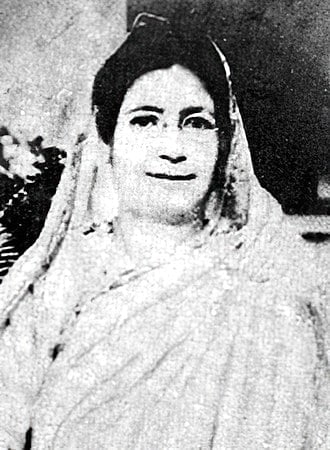
The invisibilisation of Muslim women thus ceases to be a question of just representation, it bleeds into the question of historical knowledge production and literary production. The Muslim woman then becomes a subordinated category to the identity of the ‘Woman,’ itself – when postcolonial theory assumes that women’s studies translate to the studies of Savarna women, Muslim women become an inadvertent ‘other,’ by default.
Take for example, the writings of middle-class Muslim men and women in journals run by Muslim editors such as Naoroz, Al-Eslam etc, these writings stand testament to the multifaceted perspectives on the Muslim Identity in the early 20th century, yet academic works of post-independent India rarely take them into account, these prolific female Muslim writers disappear from academic works, and populist notions of Muslims as ‘separatists,’ and ‘orthodox,’ is reinforced at the time of partition.
It is disingenuous to suggest that there are no critical historical works in post-independent India that shed light on the identity of the Muslim woman, one that doesn’t revolve around dated stereotypes, nevertheless, the number of these studies is too small. There exists an overwhelming gap, awaiting to be bridged, even today.
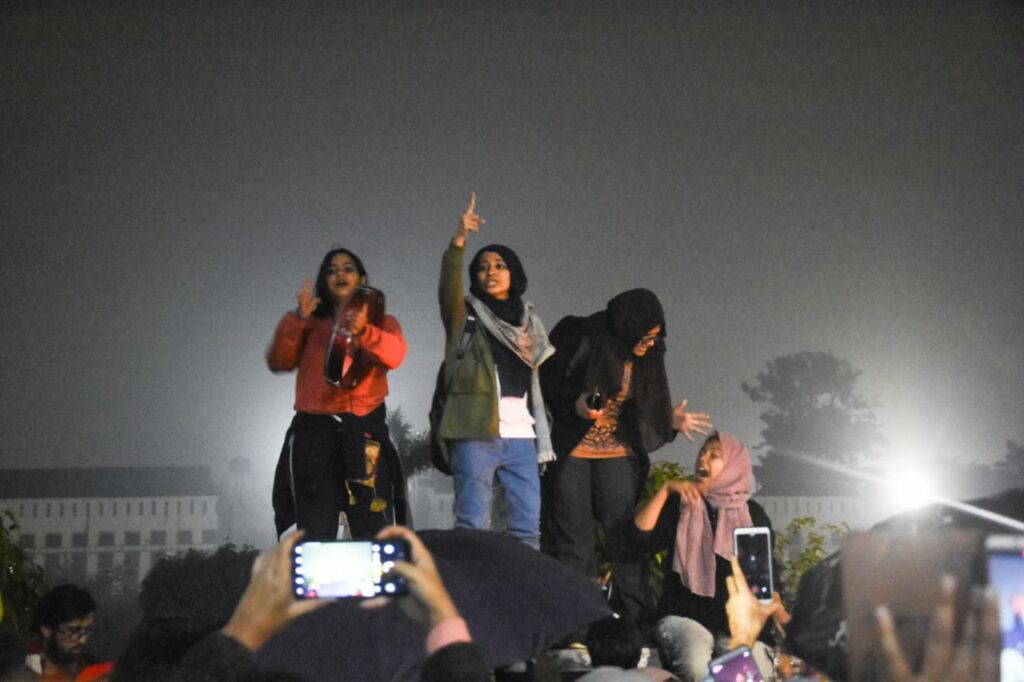
The identity of Muslim women is a very potent question that transcends the abstract space of representation, they have indeed been disadvantaged by their absence in institutions of governance and policy-making, but their identity as it is today in populist media isn’t crystallised by this absence, it is instead the product of a long-drawn body of work that has incidentally, or unassumingly, paid little to no attention to them in the context of the nation.
Several communities and religious folds are granted the luxury of not being a monolith, the new Hindu woman is characterised to be nothing like the Hindu woman of Pre Independent India, these categories are lucid and loosely held together, the question then arises why the Muslim woman, faces the brunt of homogenisation? It is impossible to ground the material lives of Muslim women in the country when they are shackled in a bind of (in)visibility.
About the author(s)
Rida Fathima is a twenty-year-old Literature student at Azim Premji University with an interest in literary theory, film criticism, Marxist historiography and oral archives. She is interested in critiquing and analysing media through a feminist anti-capitalist lens.
